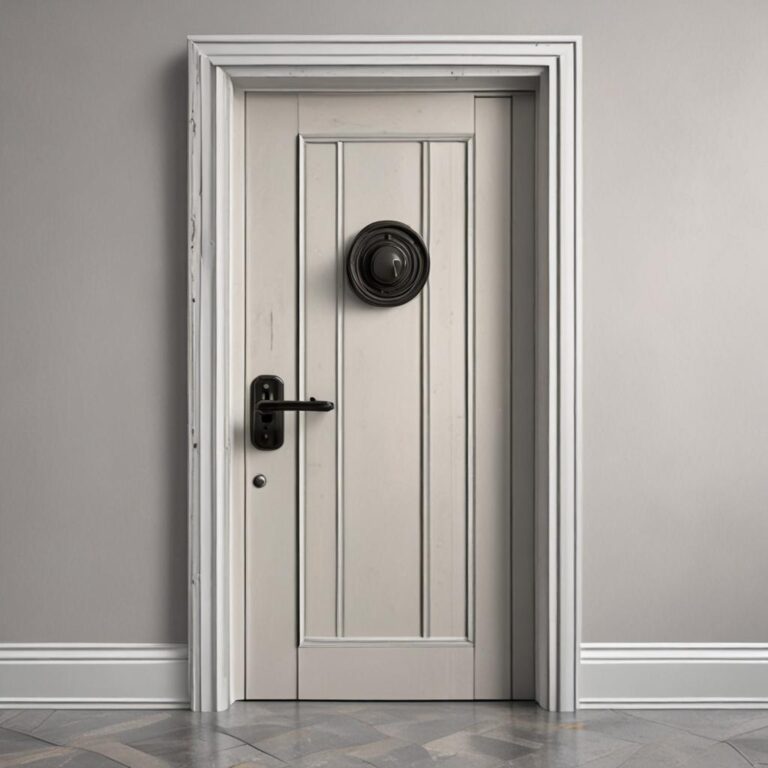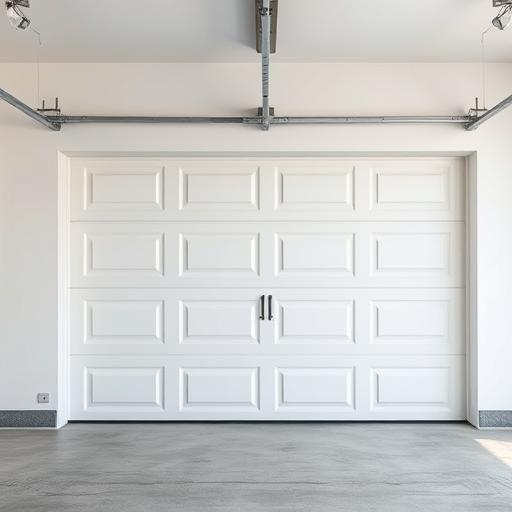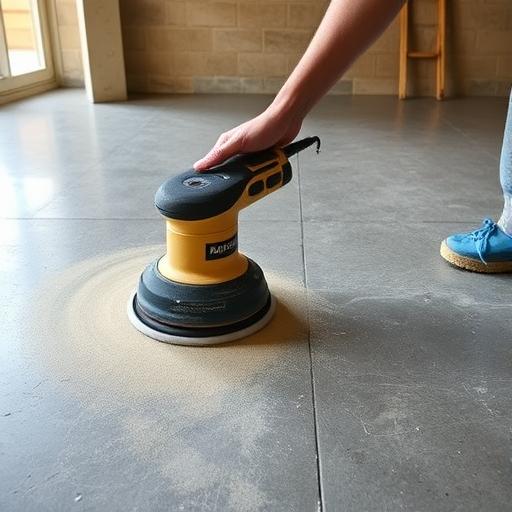How to Grease Garage Door
A garage door is one of the most frequently used entry points to your home, yet it often goes unnoticed until something goes wrong. Regular maintenance, including greasing, is essential to keep it operating smoothly and efficiently. Over time, friction between moving parts can lead to squeaking, sticking, or even premature wear and tear. By properly lubricating your garage door, you can extend its lifespan, reduce noise, and avoid costly repairs down the line. In this comprehensive guide, we’ll walk you through the importance of greasing your garage door, the right tools and materials to use, and a step-by-step process to ensure long-lasting performance.
Why Greasing Your Garage Door is Important
Enhances Performance
Lubrication reduces friction between moving parts, such as rollers, hinges, and tracks, allowing the garage door to open and close effortlessly. Without proper greasing, these components can bind or seize, making the door harder to operate and potentially straining the opener.
Extends Lifespan
Regular greasing prevents metal-on-metal contact, which can cause corrosion, rust, and excessive wear. By keeping parts well-lubricated, you minimize damage and ensure your garage door lasts for years without needing major repairs.
Reduces Noise
Squeaking and grinding noises are common signs of inadequate lubrication. A well-greased garage door operates quietly, providing a more peaceful environment and signaling that everything is working as it should.
Prevents Costly Repairs
Neglecting maintenance can lead to expensive breakdowns, such as snapped cables, broken springs, or damaged tracks. A small investment in grease and preventive care can save you hundreds—or even thousands—in repair costs.
Tools and Materials You’ll Need
Types of Lubricants
Choose a high-quality lubricant designed for garage doors. Silicone-based grease is ideal for its long-lasting properties and minimal mess, while lithium-based grease offers excellent durability. Avoid using household oils or WD-40, as they can attract dirt and gum up over time.
Cleaning Supplies
Before applying grease, clean the moving parts with a dry cloth or brush to remove dust and debris. For stubborn grime, use a mild cleaning solution and rinse thoroughly before lubricating.
Safety Gear
Wear gloves to protect your hands and safety glasses to shield your eyes from grease splatter. If needed, use a sturdy ladder to reach higher parts of the door safely.
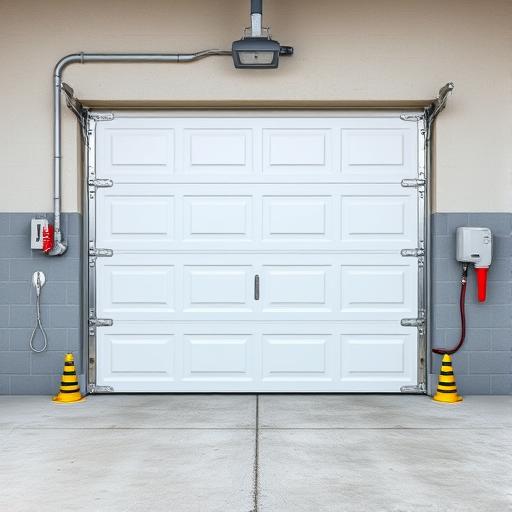
Step-by-Step Guide to Greasing a Garage Door
Step 1: Inspect the Garage Door
Visually check the door for signs of wear, rust, or damage. Look for loose bolts, cracked rollers, or misaligned tracks. Address any issues before proceeding with greasing.
Step 2: Clean the Moving Parts
Use a dry rag or brush to wipe down rollers, hinges, and tracks. Remove all dirt and debris to ensure the lubricant adheres properly and provides maximum protection.
Step 3: Apply Lubricant to Rollers
Apply a small amount of grease to both sides of each roller, ensuring full coverage. Wipe away any excess to prevent drips that could attract dirt.
Step 4: Lubricate Hinges
Focus on the pivot points of each hinge, applying grease to all moving parts. Rotate the hinges slightly to distribute the lubricant evenly.
Step 5: Grease the Tracks
Apply a thin layer of grease to the inside of the tracks where the rollers travel. Avoid over-applying, as excess grease can cause buildup.
Step 6: Test the Door
Open and close the door a few times to distribute the grease and check for smooth operation. Listen for any lingering noises and reapply grease if needed.
Common Mistakes to Avoid When Greasing a Garage Door
Over-Lubricating
Too much grease can attract dirt and debris, leading to clogs and additional wear. Stick to a thin, even layer for optimal performance.
Using the Wrong Type of Lubricant
Some lubricants, like petroleum-based products, can degrade rubber components or attract pests. Always use a garage door-specific grease for the best results.
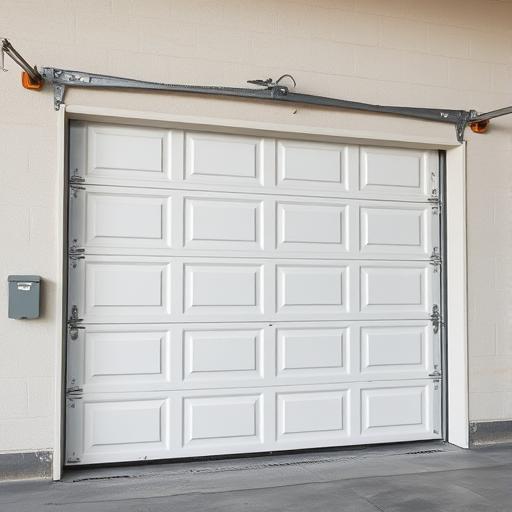
Neglecting Regular Maintenance
Greasing once a year may not be enough, especially in areas with extreme weather. Aim for at least twice-yearly maintenance to keep your door in top condition.
Maintenance Tips for Long-Term Garage Door Care
Schedule Regular Inspections
Check the door every few months for signs of wear, such as loose screws or damaged seals. Early detection prevents small issues from becoming major problems.
Keep the Tracks Clean
Clear debris from the tracks regularly to ensure smooth roller movement. Use a vacuum or cloth to remove dirt and check for alignment issues.
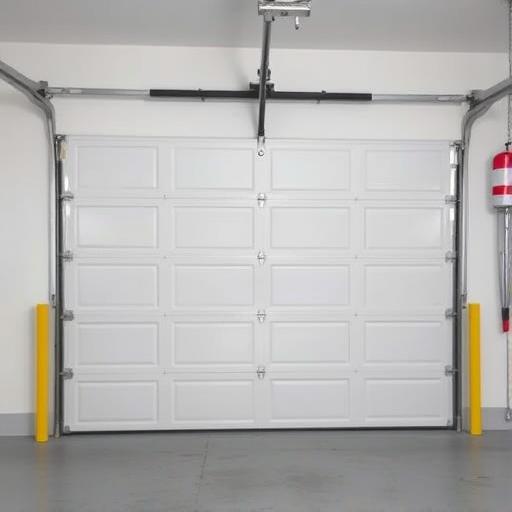
Monitor Weather Stripping
Worn weather stripping can allow drafts and moisture in, affecting the door’s performance. Replace it as needed to maintain insulation and protection.
Conclusion
Greasing your garage door is a simple yet crucial task that can significantly improve its performance and longevity. By following this guide, you’ll ensure smooth, quiet operation and avoid costly repairs. Don’t wait until your door starts making noise—take action today and enjoy hassle-free access to your garage for years to come.
FAQ Section
- How often should I grease my garage door?
- What type of lubricant is best for garage doors?
Ideally, grease your garage door every 6 months or as needed, depending on usage and weather conditions.
Silicone-based or lithium-based lubricants are recommended for garage doors due to their durability and effectiveness.
No, WD-40 is a cleaner, not a lubricant. Use a proper garage door grease for long-term protection.
Check for worn-out parts or consult a professional for further inspection and repairs.
Yes, as long as you follow safety precautions and use the right tools and materials.



